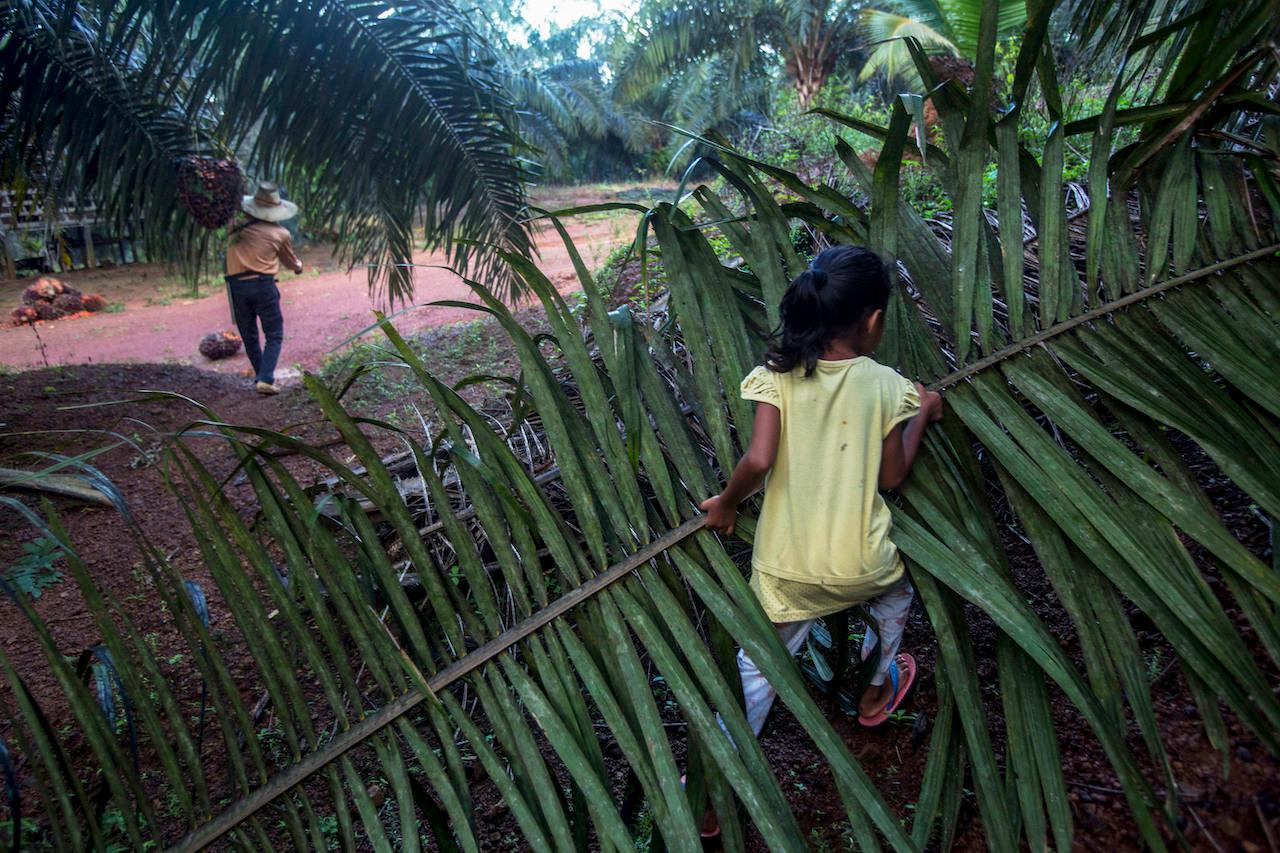Behind the veil of child marriage
Activists welcome the change over the years but say more groundwork is needed to dislodge long-held social norms.
Just In
Activists working for change in the issue of child marriage in the country say more needs to be done on the ground in order to effect any lasting transformation as social norms entrenched in communities play a major role in perpetuating the practice.
While change is slowly taking place in some pockets of society, they say the journey is far from over.
Anne Lasimbang is the founder and executive director of Pacos Trust, a community-based NGO which supports indigenous people in Sabah.
She told MalaysiaNow that within indigenous groups, marriage between two children is sometimes arranged even before they are born. In these cases, families come to mutual agreements to betroth their children, usually in order to maintain good ties.
Another norm prevalent in Sabah is seen when girls get pregnant out of wedlock. They are then forced to marry the men who impregnated them to avoid shame or the social censure of giving birth to a child without a father.
“Some girls are also taken advantage of by experienced men who get them pregnant,” Lasimbang said.
When this happens, they are often forced into marriage even if they are underage.
Yet families from indigenous communities are more open to discussing child marriage than they used to be, Lasimbang said.
She said awareness and sensitivity among these groups has increased thanks to media reports over the years, highlighting the negative impact of child marriage.
Still, work needs to be done and in some cases the mountains are hard to scale.
For example, families may resort to child marriage as a way out of poverty – a recurrent theme in the lives of many in indigenous communities.
“There is still a lot of work needed to uplift the situation of poverty among indigenous communities,” Lasimbang said, referring to education and awareness programmes.
Another issue is the lack of a standardised minimum age for marriage.
Under customary laws for non-Muslim indigenous people, there is no age limit for marriage.
Lasimbang said her organisation is working to change native customary laws to make 18 the minimum age for marriage. To achieve this, they talk to parents about the legal age of marriage and the importance of education and keeping their children in school.
“If their daughter gets pregnant, they don’t have to worry about the child’s surname. They can register the baby as a single mum or have adoption as an option. They don’t have to marry them off.”
Thammy Chong, international commissioner at the Girl Guides Association Malaysia, agreed that there had been progress over the years in terms of changing the social norms surrounding child marriage.
However, she said these norms are still bolstered by a lack of understanding and support as well as weak legislation and mistaken beliefs.
“Many people still believe child marriage only happens in a certain race or community, and that it happens when an underage girl is married to an older man.”
But in many cases, she said, both the bride and groom are children, sometimes because of puppy love affairs and teenage pregnancies.
“I don’t think teenagers know where to seek help if they are forced to be married at a young age,” she said.
“Even if they ran to the police station, the officer might tell them that it’s a family affair and ask them to go home.”
She said schools and non-formal education groups have an important role to play in educating and changing mindsets.
“Guiding organisations like Girl Guides and Scouts encourage peer education where children learn, listen and take care of each other. That’s one of the best ways to support them,” she told MalaysiaNow
Chong also urged other NGOs and civil society groups in Malaysia to come together and work collectively to end child marriage, saying many are currently working in silos.
“We need more conversations with the authorities to follow up on the law-changing process, to demand that the government make changes with the voices and facts from the ground.”
Subscribe to our newsletter
To be updated with all the latest news and analyses daily.
Most Read
No articles found.
